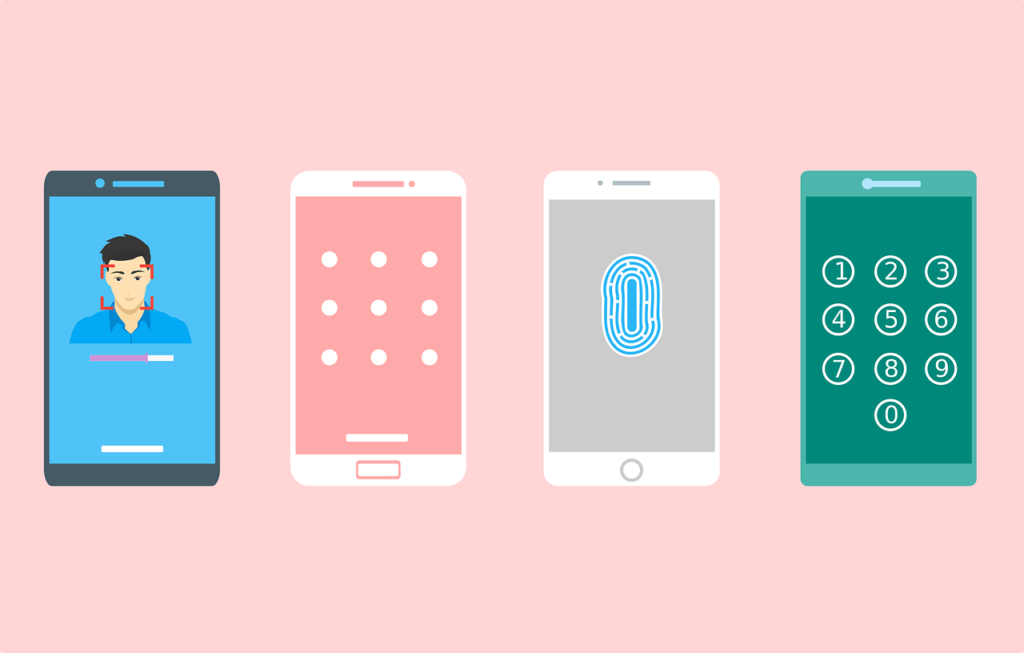As we step into 2024, virtual reality (VR) continues to push the boundaries of imagination, creating immersive and interactive experiences that were once the stuff of science fiction. The rapid evolution of VR technology has seen it expand beyond gaming into fields like education, healthcare, and even remote work. This post delves into the latest trends in VR, highlighting the innovations and applications that are shaping the future of this transformative technology.
Enhanced Immersive Experiences
The quest for more immersive VR experiences is driving advancements in hardware and software. High-resolution displays, improved motion tracking, and haptic feedback systems are making VR environments more realistic and engaging. Innovations like varifocal lenses and wider field-of-view optics are tackling issues like motion sickness, making VR more accessible and enjoyable for a broader audience.
VR in Education and Training
Virtual reality is revolutionizing education and training, providing immersive learning experiences that are both effective and engaging. From medical training simulations that allow doctors to practice surgeries in a risk-free environment to virtual field trips that transport students to historical sites around the world, VR is enhancing the educational landscape by making learning interactive and experiential.
The Rise of Social VR
As VR technology becomes more widespread, social VR platforms are emerging as a new way for people to connect and interact in virtual spaces. These platforms offer virtual venues for events, meetings, and social gatherings, allowing users to interact with each other’s avatars in real-time. Social VR is breaking down geographical barriers and creating new opportunities for collaboration and entertainment.
VR in Healthcare
Virtual reality is making significant strides in healthcare, offering innovative solutions for treatment, therapy, and patient care. VR-based therapies are being used for pain management, mental health treatment, and rehabilitation, providing immersive experiences that can help reduce anxiety, treat PTSD, and aid in stroke recovery. Moreover, VR is being used for surgical training and planning, allowing surgeons to simulate procedures in a virtual environment before performing them on patients.
The Future of Work with VR
The future of work is being reshaped by VR, with remote collaboration and virtual workspaces becoming increasingly feasible and effective. VR can create realistic virtual offices that mimic the experience of being in a physical workspace, complete with meeting rooms and interactive whiteboards. This trend is particularly relevant in the context of the increasing prevalence of remote work, offering a solution to the challenges of collaboration and communication in distributed teams.
Conclusion: A World Transformed by VR
As we look ahead, the trends in virtual reality suggest a future where VR is an integral part of our daily lives, transforming how we learn, work, and connect with others. The ongoing advancements in VR technology promise even more immersive and interactive experiences, opening up new possibilities for innovation across various sectors.
The journey into the virtual world is just beginning, and with each technological leap, we move closer to realizing the full potential of virtual reality. Whether it’s enhancing educational outcomes, improving patient care, or bringing people together in virtual communities, VR is set to continue its trajectory as a transformative force in both digital and physical realms.
FAQs:
- What are the hardware requirements for VR?
- Modern VR experiences require a VR headset, which can range from standalone devices to those that need to be connected to a PC or console. High-end VR typically requires more powerful hardware for the best experience.
- Is VR accessible to everyone?
- While advancements are being made to improve accessibility, challenges remain, including costs and the physical requirements of using VR. Efforts are ongoing to make VR more inclusive and accessible to a wider audience.
- Can VR be used for mental health treatment?
- Yes, VR is being increasingly used for mental health treatments, including exposure therapy for anxiety disorders and PTSD, offering controlled environments where patients can face their fears under professional guidance.
The landscape of virtual reality is evolving at an unprecedented pace, promising a future where the lines between the virtual and the real continue to blur. As we embrace these changes, the potential for VR to enrich and enhance our lives seems limitless, heralding a new era of digital experience that’s just waiting to be explored.

